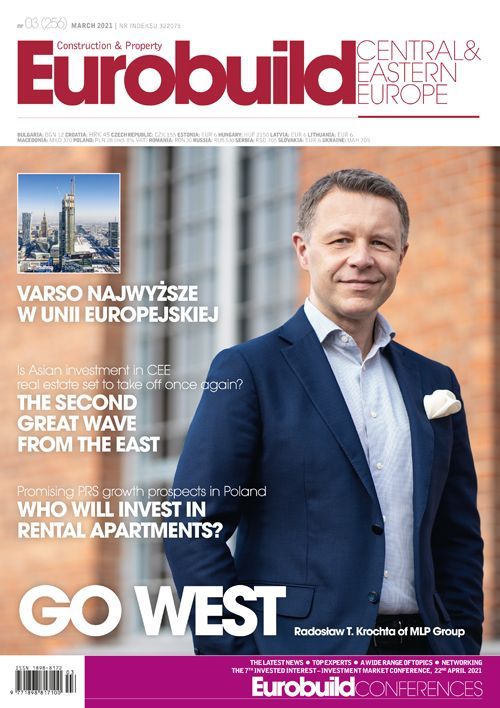In the final quarter of 2020, the 15 residential developers listed on the Warsaw Stock Exchange sold 6,522 apartments (these figures include developer and preliminary contracts as well as prepaid reservations). And in the last three months of 2019, which was as everyone knows is the best quarter for the residential market, a total of 6,515 sales contracts were signed. This kind of performance during a pandemic can accurately be described as a success. Eight out of the fifteen developers recorded quarter-on-quarter rises, with six seeing moderate falls. Although one developer (J.W. Construction) suffered a spectacular slump, you could still say, statistically speaking, that the market had passed a significant test. Even so, the year-on-year figures for the stock-market 15 don’t look so rosy – five have seen growth, eight have seen moderate falls and two have plummeted (J.W. Construction again, but also Wikana). Last year, these 15 developers sold 21,916 units, which is a res































































